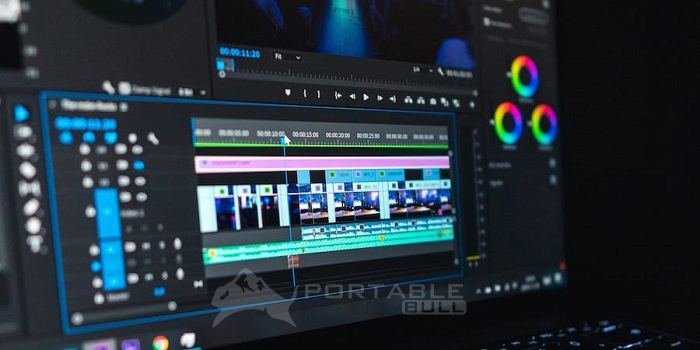

It offers the convenience of a basic name resolution when DNS is not working or just before having DNS configured in a reliable mode in large environments like AD Forest Trusts. NetBIOS is still enabled in automatic mode out of the box, although for most purposes it can be disabled safely. NetBIOS is still enabled in most places, knowingly or in many cases not knowingly as many of the current “experts” have no understanding of NetBIOS or WINS.

#SMB1 PROTOCOL RISK CODE#
You have the facts right here, but unfortunately the Enterprise users are those who are the least likely to be able to shut down SMB1 after 30 years of it being in wide use and a lot of legacy code using it. I know none of this is news to you, CH100, but maybe others can benefit from it (assuming I got it right, of course).
#SMB1 PROTOCOL RISK PC#
Once installed on a person’s PC, in addition to encrypting their data, WannaCrypt would then scan for more vulnerable PCs out across the internet and on the LAN, and if it found them, to attack them the same way that PC itself was attacked. The exploit that made SMB1 vulnerable was a bug that allowed an attacker from the internet to send a specially crafted packet to a vulnerable PC, which would then run arbitrary code (in other words, whatever the attacker wanted it to run), which in this case was the WannaCrypt malware. None of those security features would have mitigated the EternalBlue exploit, though, since the more advanced security features of later SMB versions are about securing network shares against unauthorized access from within the LAN, and that was not the attack vector for WannaCrypt or NotPetya. It lacked those features a year, two years, ten years ago too, and it’s no less safe now because of that than it was back then. In other words, yes… SMB1 lacks a lot of security features that later versions have.
#SMB1 PROTOCOL RISK PATCH#
If that were not so, it would not have been possible to patch SMB1 on every OS from XP on up, but patched it was. It was a flaw in the implementation, not a function of the obsolescence or lack of modern security features of SMB1. More notable than that, though, is the observation that the EternalBlue vulnerability that allowed WannaCrypt to do its thing had nothing to do with any of the reasons Mr. If someone messes with it, he’s in my house I have more to worry about than my network shares). I don’t have an AD server, and I am not concerned about attacks from within the perimeter (my entire network is visible from where I sit. Enterprise networks, certainly, but mine? None of the new features would change anything. I looked at his list of reasons SMB1 is insecure, and none of them really concern me with my small network. He says the protocol “needs to hit the landfill” and that if you need, you have a much bigger problem: You’re still using SMB1. The “owner” of SMB at Microsoft, Ned Pyle, is nearly screaming from the rooftop to disable SMB1 (note that this Technet post was from 2016, long before this recent string of attacks based on SMB1 took place). I tend to agree with you on this (this particular exploit has been patched, and unknown exploits are unknown– they can just as easily be in SMB3 for all we know… such is the nature of being unknown). In other words, be sure to test your rescue media as well as the rest of the stuff if you’ve disabled SMB1, and if it doesn’t work, at least be aware of the issue so you can re-enable SMB1 on the device acting as the backup server if you ever need to restore, or work out some other plan in case you need the backup data. An advanced user will probably try using UNC paths immediately (which should work, according to what I have read), but the beginner will probably just be frustrated and annoyed. Many of the backup programs use Linux-based rescue media, and having it not see the share upon which your backup set is written can be a huge frustration, particularly if some time has passed and it doesn’t occur to you that perhaps disabling SMB1 on the device acting as the server was the problem. If you’re one of the people who uses network shares to perform backups, this may be an important point if you ever need to restore data. A lot of Linux/Samba based devices use SMB1 and this explains to some extent Microsoft’s insistence on disabling SMB1.


 0 kommentar(er)
0 kommentar(er)
